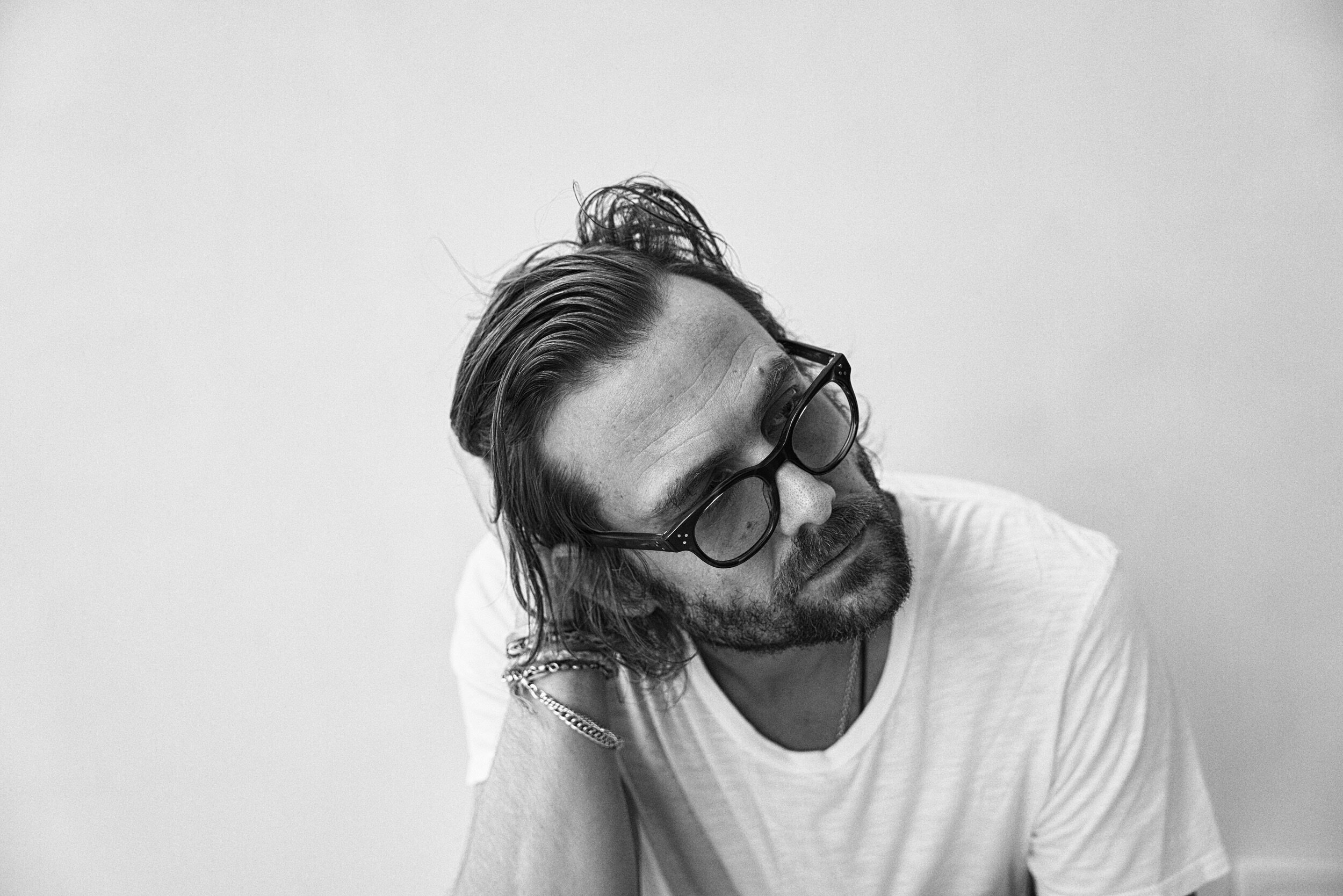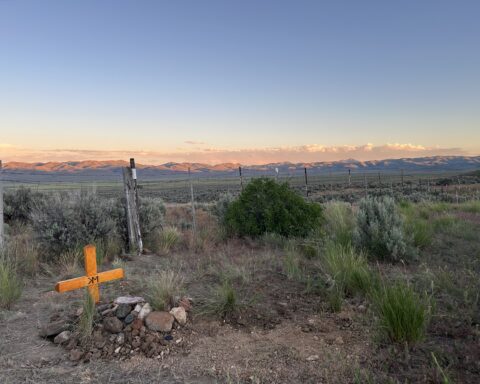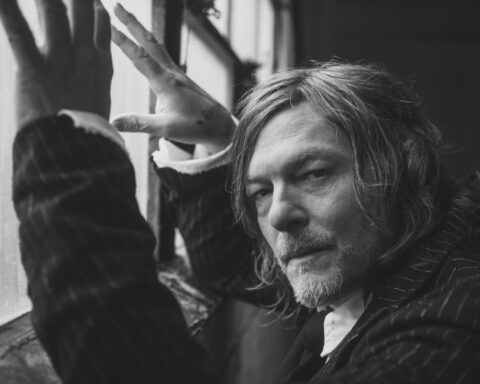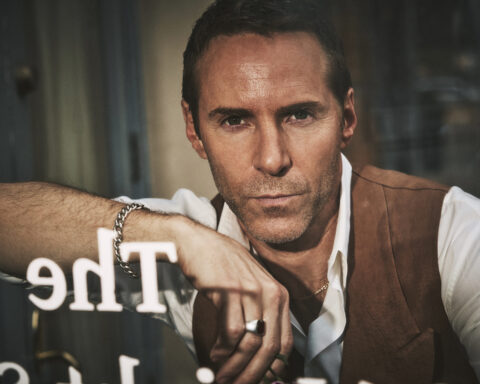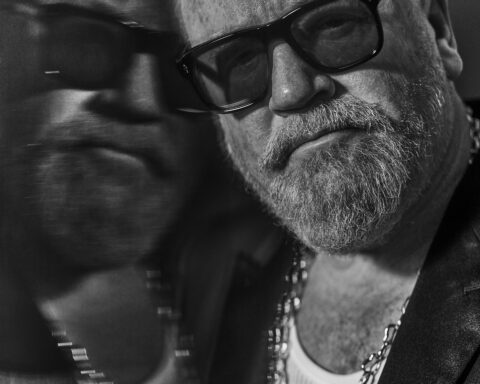The lesson always has something else to teach you.
And if the coronavirus is to leave a positive legacy on world industry, it will, in part, have something to do with revealing the virtues of working remotely.
Worldwide, over the last six months, corporations in virtually all sectors have realized significant gains in productivity, and savings on expenses by migrating to remote work frameworks. Nobody saw this coming, but now that it has happened, remote work represents a clear paradigm shift for all of humanity.
The same is not true for photography.
Remote photography, even though it is happening regularly now, seems to be very unpopular with many photographers and clients alike. I can understand why. Photography is such a tactile personal art form, with just enough mystery and science to the technical side of it, that many photographers are simply not interested in trying it, and many clients are not willing to take the perceived risk of bankrolling a process which is somewhat difficult to understand.
It is hard for folks to visualize the concept of a photographer taking a photo through a remote connection to a camera, and not being in the same room with the subject. It is a non-starter for some people, while others want to know how it works.
The truth, however, is that it is really quite simple. There is no secret software or new technology involved. Everything one needs to use a real camera to shoot remotely has been in existence and readily available to all for many years. All that is required is a good internet connection, a laptop with all the usual photography software, and your favorite camera and tether cable. If you like tripods, then you can use your favorite one of those too. And you also have to have a participant on the subject side willing to embrace the process.

A new shot of Gabriel Macht in his New York home, by Kurt Iswarienko in Los Angeles // 📸: Kurt Iswarienko
We certainly had that for our Mr Feelgood shoot with Gabriel Macht, the first remote shoot I have done using my real camera instead of controlling an iPhone remotely with FaceTime. I had tested the system at home and locally with friends in Los Angeles, but I had not yet sent the system out across the country on a real project. And the result was, in my opinion, the best remote portraits I’ve yet made.
I will return to that shoot later, but first let’s go back to when this year’s shutdown first happened.
Those of us such as myself in the entertainment corner of photography assumed fashion photography would be the most impacted genre in our business. We also, incorrectly, assumed that entertainment photography, given it’s robust and until then impervious pilot fish association with the behemoth film and television industry, would trudge forward triumphantly through any inconvenient pandemic with cinematic immunity.
We were wrong, and our seemingly obvious observations and conclusions were short sighted and badly tailored to a pandemic which is to a large extent still writing it’s own copy, moving at it’s own pace, making it’s own rules. We were wrong about the shutdown only lasting a few weeks, and wrong about how the nations of the world would handle the nuanced difficulties of managing a protracted and unprecedented global pandemic.
And as it turns out, in my case, the fashion industry gave me an opportunity to thrive I might never have had in status quo times.

Kurt’s remote photography set-up in his Malibu home
This past March, fashion stylist Sarah Gore Reeves asked me to collaborate with her on a remote shoot for a new style and culture magazine she had been planning to launch pre-pandemic. When the pandemic hit, instead of hitting the pause button on the launch, she decided to pivot her approach and embrace the challenge of launching and generating content remotely, and weaving in the story of launching amidst a pandemic. She called me and said, “Something tells me you are just crazy and just calm enough to do this with me.”
She wanted to figure out how to shoot Mexican national soccer team goalie Guillermo Ochoa for one of the first covers of the newly formed Milenio Magazine, for which she had just been appointed Editor-in-Chief. The shoot with Guillermo went very well, and we have gone on to do 40 more remote shoots using nothing more than an iPhone and FaceTime to capture images of actors, musicians, chefs, artists, and activists around the world for Milenio. These shoots have given me the opportunity to explore my process, my thinking, and my approach to photographing people in ways I could not have done had they not been done remotely.
For example, one of the basic challenges of traditional photography, especially for the photographer, is taking the three dimensional world the eye sees and interpreting it in two dimensions through the lens of the camera. For many, that is precisely what defines photography. For me, it has certainly been the mysterious and seductive force of attraction that keeps me coming back to hone my craft and refine my ability to tell stories with these chosen tools.
Remote photography only exists in two dimensions. The eye never sees the remote world in three dimensions, so the photograph comes into existence very differently.
For me, that has translated into a new kind of decisiveness in my photography. Before learning to shoot remotely, my approach to shooting was much more exploratory and trusting of the invisible gifts and happy accidents traditional photography gives you, which are treasures in their own right. When your eye is translating the 3D world to the camera, the camera almost always records something slighty different than what you thought you saw with your eye.
But when you start in 2D, you see exactly what the camera sees without any need to translate, so 2D is more about decision rather than exploration. You see the moment precisely as it is, as it is happening, and you take it without any notion there might be an alternate reality to what was captured.
That has been monumental for me to realize, and I feel it has allowed me to grow in a way I had never grown before in my career as an artist. I owe that to remote photography.

Kurt and Gabriel work together on their Mr Feelgood shoot from 2,800 miles apart
The one thing missing from the remote photography process until now, however, has been the camera itself. And as anyone who puts all of their energy into creating images knows, there is an innate compulsion to record the images in the highest quality attainable. The iPhone through FaceTime does not deliver a very high quality file. It is an interesting file, and one with which I have enjoyed working, in the same way I enjoyed the beautifully degraded fidelity of certain 35mm film stock.
But the technical process of working through FaceTime and iCloud is fraught with wifi and network related glitches, and other unexplainable iCloud related inconsistencies. We’ve learned to live with the limitations. It would be great to talk to someone at Apple about their product and give feedback on what isn’t working and what would be great to improve upon.
So natural progression from shooting remotely with an iPhone was to figure out how to do it with a real camera. The challenge there was to be able to see what the camera sees, through the lens, remotely. This is where the rubber hits the road, as they say, and many people think it can’t be done. Turns out, the live view feature built into most cameras allows a remote connection to show what the camera sees on your computer. As long as you are remotely logged into your computer, you can see what your camera sees, as though you have your eye up to the viewfinder.
So this month, I sent one of my favorite cameras – my Sony A7Riii, and a laptop and a tether cable from my home in Malibu to Gabriel in New York. He set it up and I logged in, being able to control all of the functions of the camera, most importantly the shutter button, from my laptop as if I was behind the lens.

Another new image from Gabriel and Kurt’s remote Mr Feelgood shoot // 📸: Kurt Iswarienko
Gabriel thought he’d be alone for the shoot, without anyone to hand hold the camera as my operator, so I sent him a tripod for the camera. His 13-year-old daughter Satine turned up during the shoot and was able to move the camera for us when we wanted to change angles. This was especially fun to be able to involve a member of Gabe’s family which made the experience all the more personal.
And herein lies the hidden upshot of working this way. Because the subject is actively participating in the technical set up and execution of the shoot, they are naturally more invested in the process. The proverbial ice gets broken long before the first photo is taken because we have to rely on each other to establish the remote connection and to navigate the 2D space together to get our bearings. This process connects photographer and subject in an intimate, trusting way.
The same goes for anyone joining in to attend the shoot remotely. In our case, Mr Feelgood co-founder John Pearson joined to art direct the shoot from his home in Hidden Hills. So it was myself in Malibu, Gabriel in New York, and John connected together using Zoom and FaceTime and a screen share. John could see exactly what I could see because he was seeing my screen, and he could hear and talk to Gabriel exactly as I could. What we all felt and acknowledged to each other was how intimate and calm the experience felt. It was as though we were right next to each other in the room, all seeing the same thing in a way three people might when physically standing next to each other.
There is something to the layer of focus the remote connection creates which filters out distraction and opaqueness of purpose. There is a vivid clarity which seems to travel through everyone connected in this way.
And on this shoot it felt, in a very good way, like we were in each others’ heads.


